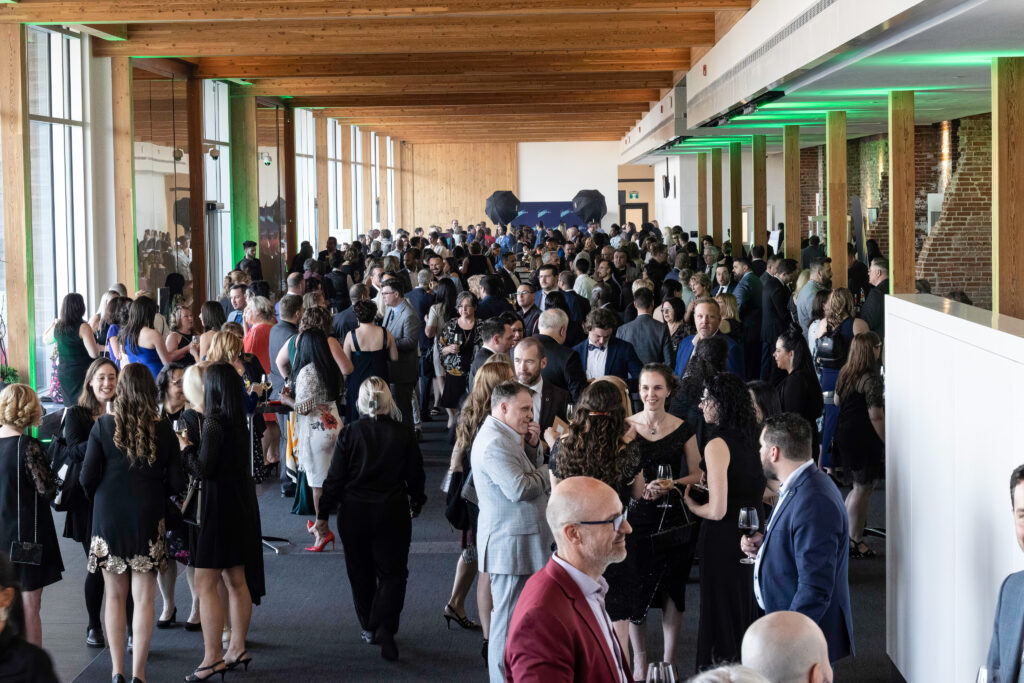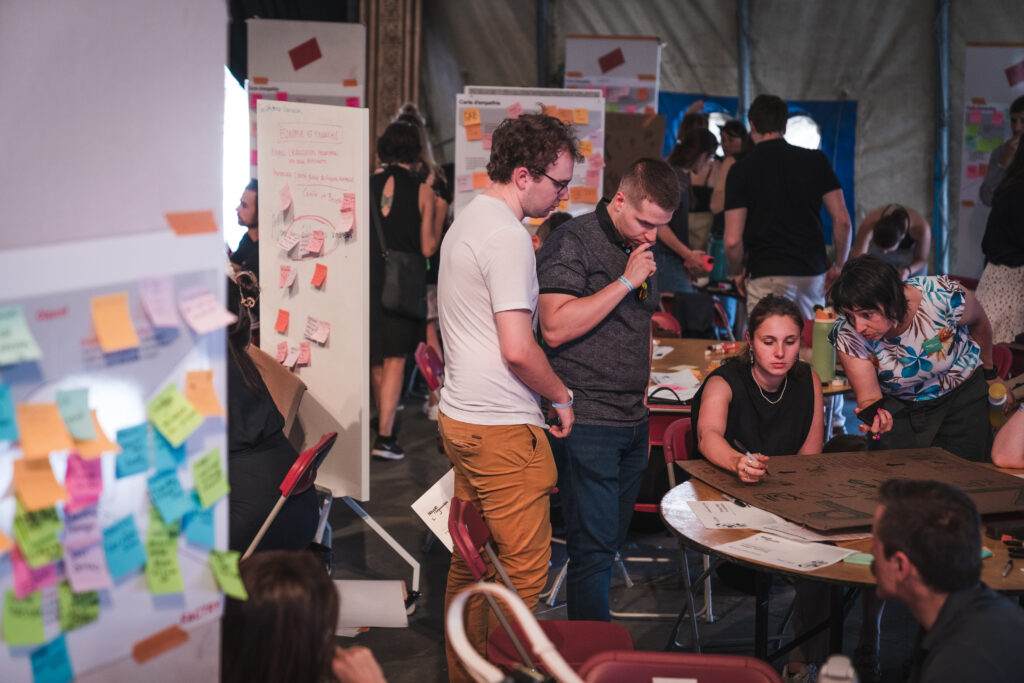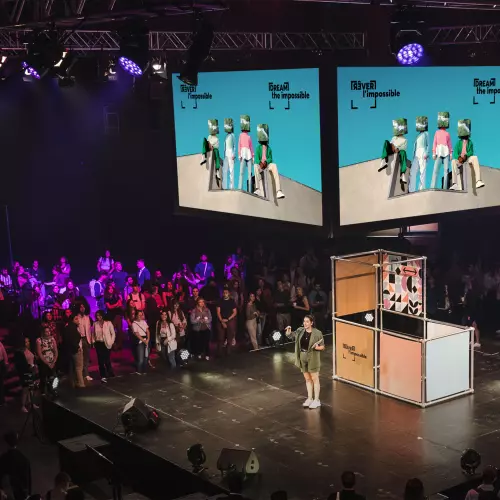June 17, 2024

Article by
Alix Wilson-Laurier
Optimize networking opportunities at your events
For lots of people, an event’s success depends on making connections. That’s why it’s essential to establish a framework and tools that promote networking at the events you organize. Here are our tips to help you do it.
Define the event’s purpose and set clear goals
Promoting networking at an event requires a strategic approach, starting with the planning phase. The first key step consists of establishing a clear purpose for your activity. We suggest using the “5 whys” method, in which you ask yourself five consecutive questions starting with “why.” This exercise allows you to broaden your thinking and get to the heart of what you wish to accomplish. Once you’ve peeled back all the layers and established the core reason for your event, you can set clear, relevant goals for you and your guests. These initial steps will enable you to determine how important networking will be at your event, and allow you to develop a networking formula to ensure your participants feel engaged.
Identify key moments
To communicate clearly and transparently with your target audience, it’s important that you explicitly integrate opportunities for networking in your event’s programming. These moments must be carefully expressed and communicated with participants so they understand the importance of attending the event and interacting with their fellow participants, which is the foundation of fruitful and effective interactions. Letting them know beforehand that networking opportunities are planned, and specifying when these moments will take place, will allow your guests to be more attentive when receiving content such as speeches or conferences, because they’ll know they’ll be able to discuss it afterwards. And remember that networking is also possible, and should sometimes be encouraged, before and after the event.

Gather people from different horizons
Depending on the type of event, it may be interesting to diversify the profiles of your participants to encourage unexpected and enriching interactions. Bringing together people from a variety of backgrounds and experiences can lead to mutual learning opportunities. For example, by inviting collaborators from different services or from external domains, you’ll allow guests to meet people with different perspectives, leading to innovative, stimulating and memorable discussions and growing everyone’s circle of contacts.
Invite experts
Inviting experts in the field or external facilitators for networking activities will enrich the discussions and stimulate participants’ interest. Their level of involvement can vary based on your objectives. These participants may, for instance, host sessions or share their knowledge to provide attendees with the opportunity to learn new things and ask questions, or to simply facilitate interactions by starting a discussion or guiding conversations to ensure they’re dynamic and fluid and that guests remain respectful and open-minded.

Incorporate engagement strategies
Planning interactive activities at your events is ideal for breaking the ice, allowing participants to open up to one another and facilitating discussions. These activities can take different forms, such as presentation games or grouping attendees together based on common interests, round tables in small groups on pre-established topics, or work sessions and creative thinking workshops. The goal is to create a relaxed and friendly atmosphere with clearly defined parameters that encourage people to engage actively in discussions without feeling pressured to start conversations themselves. In short, you want to remove as many networking obstacles as possible!
Optimize the physical space and tools
The physical space is also very important to stimulate networking. We recommend clearly defining the spaces based on interests or the types of networking experience you’re offering. For example, an event could have a dedicated area for mentoring, another for casual interactions, and a third for discussions around specific themes. Indicating these distinct areas on a floor plan or with signs will allow participants to connect more easily with people who share similar interests or goals. Using physical tools, such as charts and markers, also fosters exchanges and collaboration. These tools can be used to express yourself, enable participants to experience moments of fun or creativity, or to resolve a problem collaboratively, strengthening the connections between everyone present.

Create ambiance
Similarly, creating distinct ambiances for each type of networking activity is essential. For example, to stimulate in-depth conversations, you’ll want to create one or more intimate areas. These areas can be furnished with comfortable seating and softer lighting to create an atmosphere that’s favourable to more personal and confidential discussions. On the other hand, for work sessions in small groups, brightly lit spaces with big tables and materials like paper and pens would be more suitable. For informal networking with all of the participants at an event, a big space with upbeat background music is the way to go.
Get people moving
To keep the interactions dynamic, we suggest getting people moving in the event space. Whether you ask them to gather in a specific area based on their interests, or plan speed networking activities, there are lots of small and big possibilities available to you to connect as many people as possible and stimulate unique discussions. After all, events are excellent occasions to get people out of their comfort zones and enjoy exceptional experiences.

Incorporating these practices will ensure your target audience is more inclined to receive, assimilate and appropriate your messages. By looking beyond the purely organizational aspects and placing the participants at the heart of your programming, you’ll create an engaging and memorable experience with a real impact.
If you’d like more advice or to discuss the best way to apply these tips to your events, feel free to get in touch!


